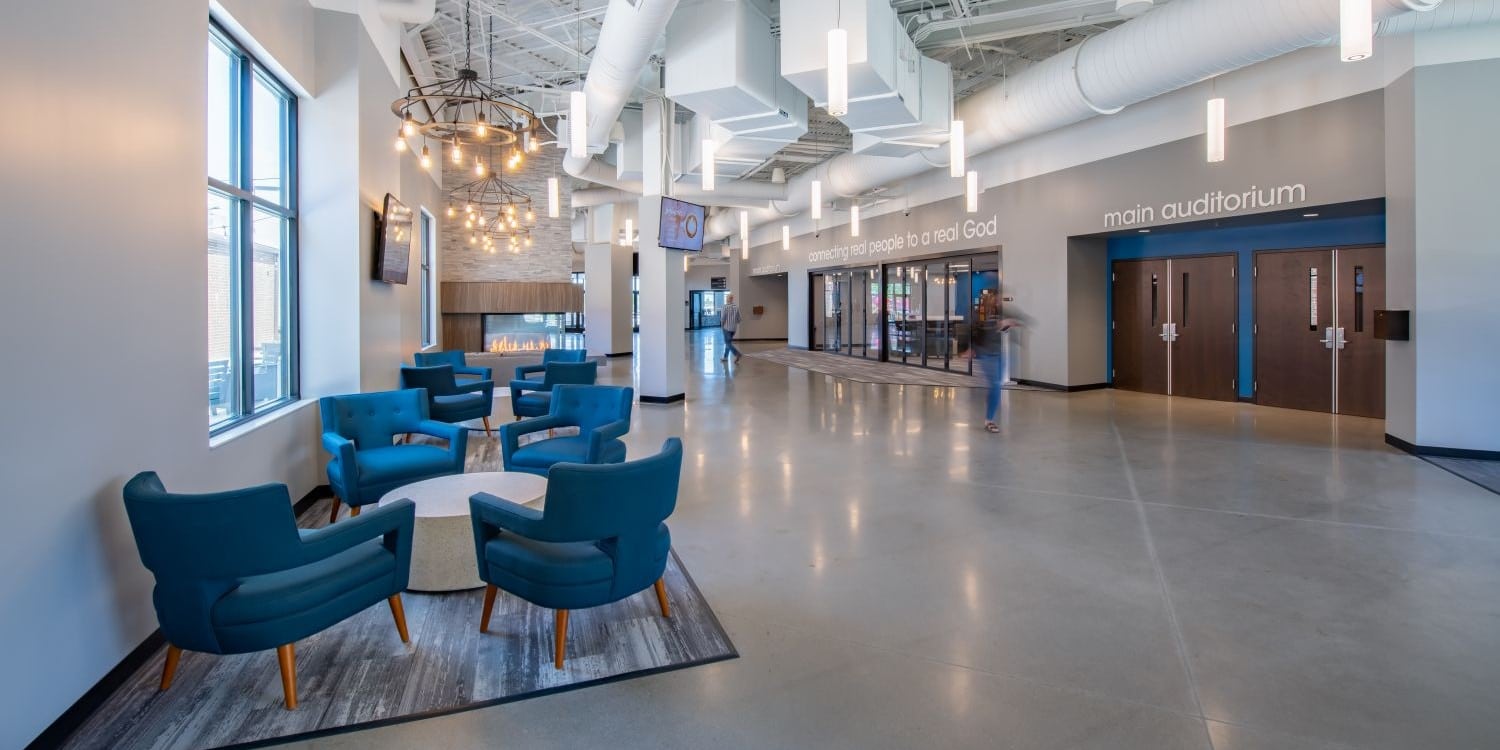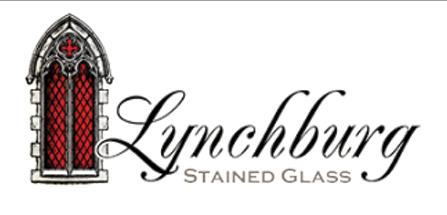When most people hear the word renovation, they imagine dust, demolition, and dollar signs. But what if meaningful change in your church building didn’t require a sledgehammer?
The truth is that most churches don’t need a full-blown HGTV transformation. They need a shift in mindset.
Renovation doesn’t always mean reconstruction. Sometimes, it just means reimagining.
And that starts with being intentional about how your space supports the people you’re called to serve—without needing a capital campaign and a construction permit.
We’ve worked with churches across the country, and we’ve seen firsthand that some of the most transformative upgrades come not from gutting walls—but from thoughtful shifts in layout, transition zones, guidance, and purpose.
In short, if you want to create a more welcoming, missional space, you don’t need a sledgehammer—you need a strategy.
What Is Your Space Saying—Without Saying a Word?
Let’s face it: your building is already preaching a message, even before the sermon starts. The lighting, layout, furniture, and finish choices are either saying, “We’re so glad you’re here!” or “May the odds be ever in your favor.”
Your space either welcomes or withholds. It can foster community or foster confusion. That’s why intentionality is everything.
Unlabeled entrances, outdated wayfinding, or dim unmarked classrooms might seem like small details—but they leave a lasting impression.
When spaces are thoughtfully designed, they reflect care, clarity, and culture. They say, we’ve prepared for you. That message speaks volumes, especially to first-time guests.
You Don’t Need a Big Budget to Make a Big Impact
Renovation doesn’t have to mean massive spending or multi-phase construction. Often, small changes—made with purpose—can dramatically improve the feel and function of a space.
A fresh coat of paint. Additional lighting fixtures. Furniture arranged with community in mind. Even the intentional removal of visual clutter can change how people experience your church.
Sometimes the greatest act of stewardship is seeing your current space with new eyes and asking, “What does this area need to fulfill its purpose more effectively?”
Think Like a Guest, Not Like a Regular
Your longtime members probably know where the nursery is. They know which entrance to use and what “The Dock” or “The Launch Pad” means.
But what about your guests?
The most welcoming churches are the ones that think like outsiders. From the moment someone drives onto your property, they’re asking subconscious questions. Where do I park? Which door do I enter? Is this the right place? Where can I go to receive help?
If those questions go unanswered—or worse, if confusion sets in—it can cloud the entire experience. If people can’t find their way in, they’re never going to find their way back.
Designing your space with guest clarity in mind isn’t optional. It’s mission-critical.
Reworking Flow > Replacing Furniture
When we consult with churches, one of the most overlooked design elements is flow.
Are people funneled into meaningful connection points? Or do they wander through crowded hallways unsure of where to go? Do coffee stations create community—or congestion?
Good flow design considers how people move, gather, and interact. It aligns the physical space with the relational goals of your ministry.
A simple shift—like relocating a welcome desk or kid’s check in area—can make your space feel more intuitive and inviting.
Don’t just ask how a space looks. Ask how it functions.
Wayfinding Is Hospitality
Clear signage isn’t just practical—it’s pastoral. It shows people they’re seen and supported.
Wayfinding should be purposeful, consistent, and designed with empathy. That means easy-to-read fonts, ADA-compliant placements, simple terminology, and even multilingual options when needed.
We often remind churches that direction equals dignity. Good signage helps people feel at home, not like outsiders navigating a maze. It communicates that every step of their experience has been thoughtfully prepared. Clarity isn’t a luxury—it’s a ministry.
And again, let this stick: If people can’t find their way in, they’re never going to find their way back.
Does Your Space Reflect Your Mission?
Every church has a mission. But not every church has a space that reflects it.
If your mission is community, do your gathering spaces foster conversation and connection? If your mission is hospitality, does your lobby feel warm and approachable? If your mission is growth, do you have space that can flex with you?
Your physical environment should amplify your purpose—not compete with it. Ask yourself, “What do we want people to feel here?” Then design toward that answer.
Stewardship Isn’t Just Financial—It’s Spatial
We often think of stewardship in terms of dollars. But square footage is a stewardship issue, too.
Unused classrooms. Oversized lobbies. Hallways with potential but no purpose. Every inch of your building can either serve your mission—or sit idle.
What could that unused space become? An indoor playscape? A coffee bar? A volunteer hub? An interactive wall that tells stories of what God is doing?
When you rethink space as ministry opportunity, every corner becomes connected to the mission.
Start with Purpose. Then Plan. Then Paint.
The real work of renovation doesn’t demand a sledgehammer—it demands vision. What story do you want your space to tell? With intentional choices, you can reshape culture without ever pulling a permit.
A new flow in your lobby, wayfinding that makes guests feel at home, or wall graphics that extend Sunday’s message into Monday can transform the atmosphere instantly.
Renovation isn’t about demolition; it’s about direction.
Your building is more than brick and mortar—it’s a silent ambassador of your mission. And the good news?
You don’t need a construction crew to change it. You just need clarity, creativity, and courage.
You don’t need a sledgehammer to reshape it. You just need a vision—and intentionality to see it through.
John Lindsey is the vice president of Enviropop, a design company specializing in creating people-focused environments for churches and organizations, www.enviropop.com. With over a decade of experience as a creative director for a local church, he brings deep expertise in how spaces influence culture, foster connection, and prioritize people. His leadership blends creativity, strategy, and a passion for shaping environments that tell meaningful stories.
















